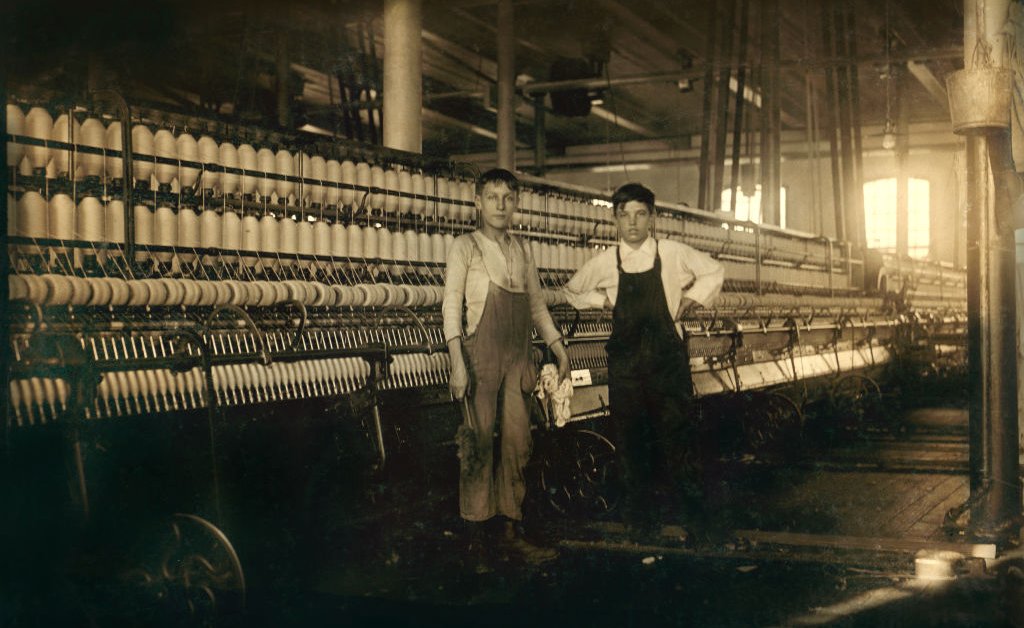Beyond the Factory Floor: Why Domestic Manufacturing Alone Can't Solve the Job Market Puzzle

The industrial landscape of manufacturing has a complex and often challenging history. During periods of economic hardship, factory work emerged as a critical lifeline for countless workers, despite the harsh working conditions and meager wages. These manufacturing jobs, while grueling and demanding, became a beacon of hope for many struggling families seeking economic stability.
In the early days of industrialization, factory workers endured long hours, dangerous environments, and minimal compensation. Yet, paradoxically, it was during times of economic despair that manufacturing sectors experienced remarkable growth and resilience. These jobs, though difficult, provided a crucial economic foundation for communities and individuals navigating through challenging economic periods.
The evolution of manufacturing reflects not just an economic narrative, but a profound human story of perseverance, adaptation, and the relentless pursuit of survival in the face of economic uncertainty. From cramped, noisy factories to modern, technologically advanced production facilities, the manufacturing sector has continuously transformed, mirroring the broader societal changes and economic shifts of each era.
